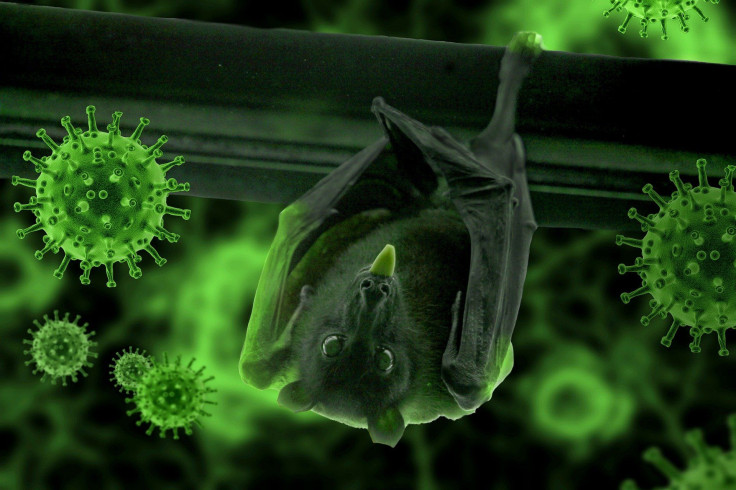COVID-19 Update: Scientists Discover 6 Entirely New Coronaviruses In Bats

Scientists in Myanmar have discovered six new coronaviruses lurking in bats. These newly discovered coronaviruses belong to the same family as that of the SARS-CoV-2 virus that is responsible for the pandemic.
The researchers reported that these new coronaviruses aren’t closely related genetically to SARS-CoV-2 or a couple of other coronaviruses causing the severe infections in human beings including the severe acute respiratory syndrome (SARS) and the Middle East respiratory syndrome (MERS).
The research team discovered these new coronaviruses while surveying bats in Myanmar as a part of government-funded programs known as ‘PREDICT’ to identify infectious diseases that have the potential to hop species (from animals to human beings). Since bats are prime suspects of the novel coronaviruses, experts assume that these mammals might be hosting numerous yet-to-be-discovered coronaviruses.
The research team collected data between May 2016 and August 2018 at three selected sites in Myanmar, which were targeted as potential high-risk human-animal interfaces. Two of them were popular cave systems where people were routinely exposed to bats via religious practices, guano harvesting, and ecotourism.
Bat sampling was done by trained field personnel and the bats were captured using mist nets, with each individual manually restrained for species identification, morphometric evaluation, and sample collection.
“Many coronaviruses may not pose a risk to people, but when we identify these diseases early on in animals, at the source, we have a valuable opportunity to investigate the potential threat. Vigilant surveillance, research, and education are the best tools we have to prevent pandemics before they occur," Live Science quoted the study’s co-author Suzan Murray, director of the Smithsonian's Global Health Program.
The researchers noted that the contact between human beings and wildlife is only becoming more prevalent. The current crisis caused by COVID-19 reminds us about how closely such interactions are impacting human health.
"Worldwide, humans are interacting with wildlife with increasing frequency, so the more we understand about these viruses in animals — what allows them to mutate and how they spread to other species –– the better we can reduce their pandemic potential," Lead Science quoted the study’s lead study author Marc Valitutto, a former wildlife veterinarian with the Smithsonian's Global Health Program.
© Copyright IBTimes 2024. All rights reserved.






















